Compared to the massacre which they have perpetrated at the Ravenswood interchange of the Calder Freeway, Vicroads’ plans for tree removal along the Pyrenees Highway are pretty small beer.
All the same, FOBIF has opposed the extent of tree removal, and has proposed a set of alternatives, including rumble strips and an 80kph speed restriction [see our post]. We believe that these measures are more important in preserving life than the Vicroads alternative: allowing unsafe speeds, and trying to deal with the consequences. In detailed discussions with engineers, however, we have been told that these suggestions were not practicable.
We’ve been in this situation before: ten years ago we were told that an 80k limit on the road between Golden Point Road and Elphinstone simply wouldn’t work. Now, guess what? The 80k limit has been imposed. What’s more, the same limit has been imposed on the Midland, between Castlemaine and Harcourt, a vastly more manageable road than the winding, narrow stretch between Green Gully and Newstead with numerous access driveways.
Further, Vicroads accepted a lower speed limit on its parallel project near Rushworth last year. Chief Executive John Merritt was quoted at the time as follows: “It’s essentially around reducing the speed for part of that road as an alternative to just clearing a wider path.”
According to the Midland Express [July 5], the Midland speed reduction has caused some ‘outrage’ in social media, although it is estimated to add only 30 seconds to the trip between Castlemaine and Harcourt. In our opinion, this ‘outrage’ highlights the problem: is it Vicroads’ job to accommodate those who want to drive at maximum speeds at all times, or is it more important for road authorities to engage in a sustained campaign to educate drivers to drive to local conditions?

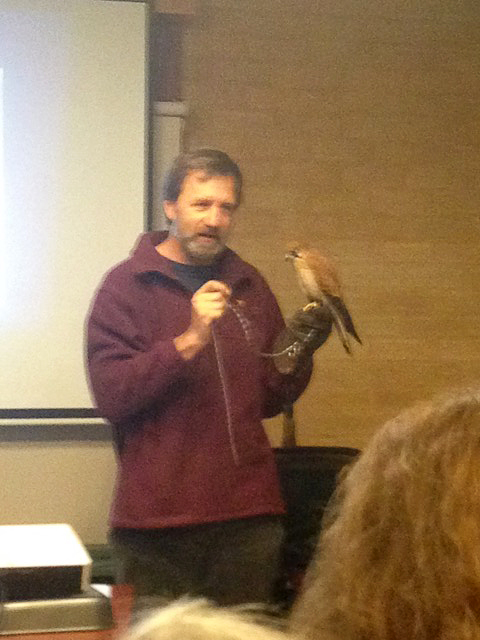
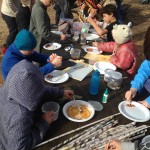
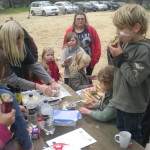
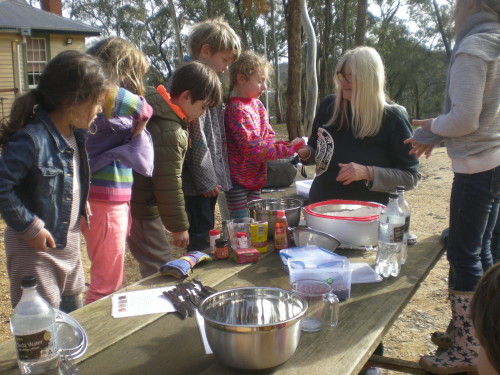
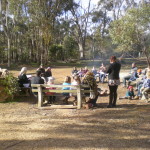
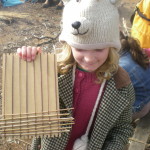
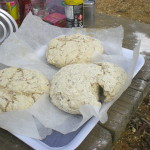
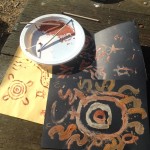
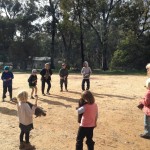
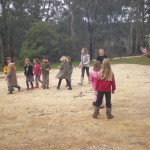
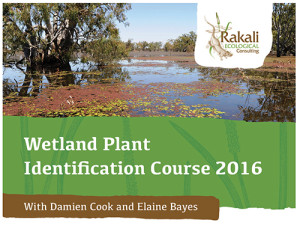
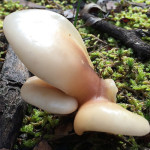
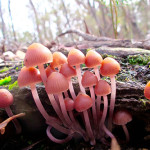
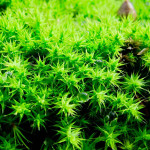
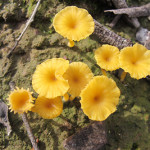
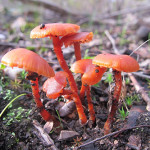
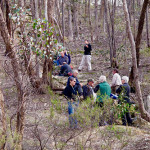
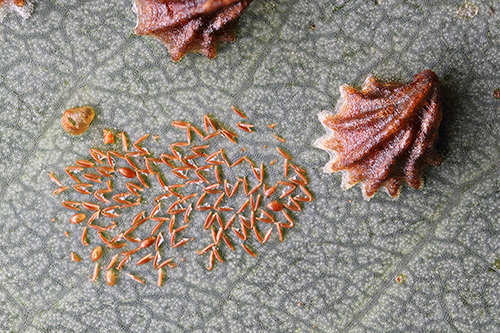
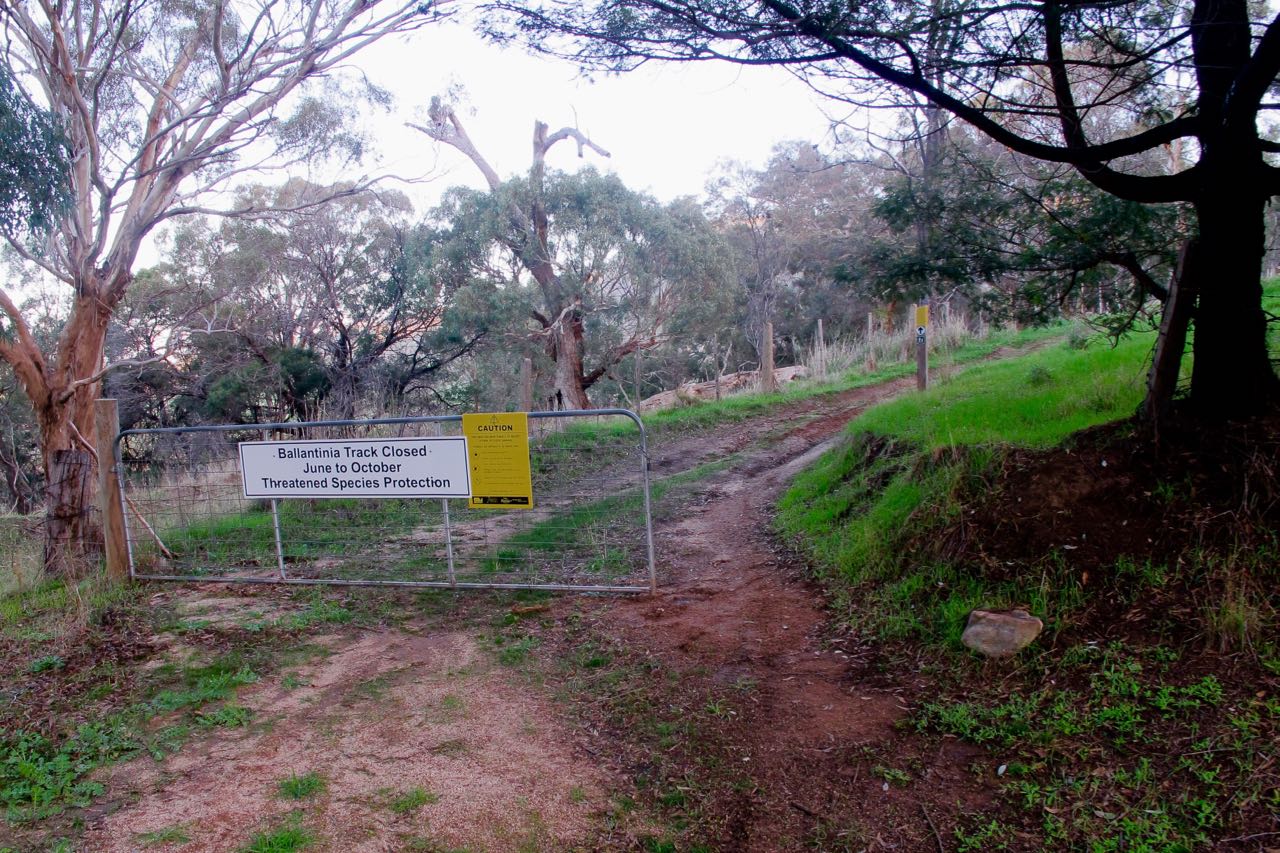
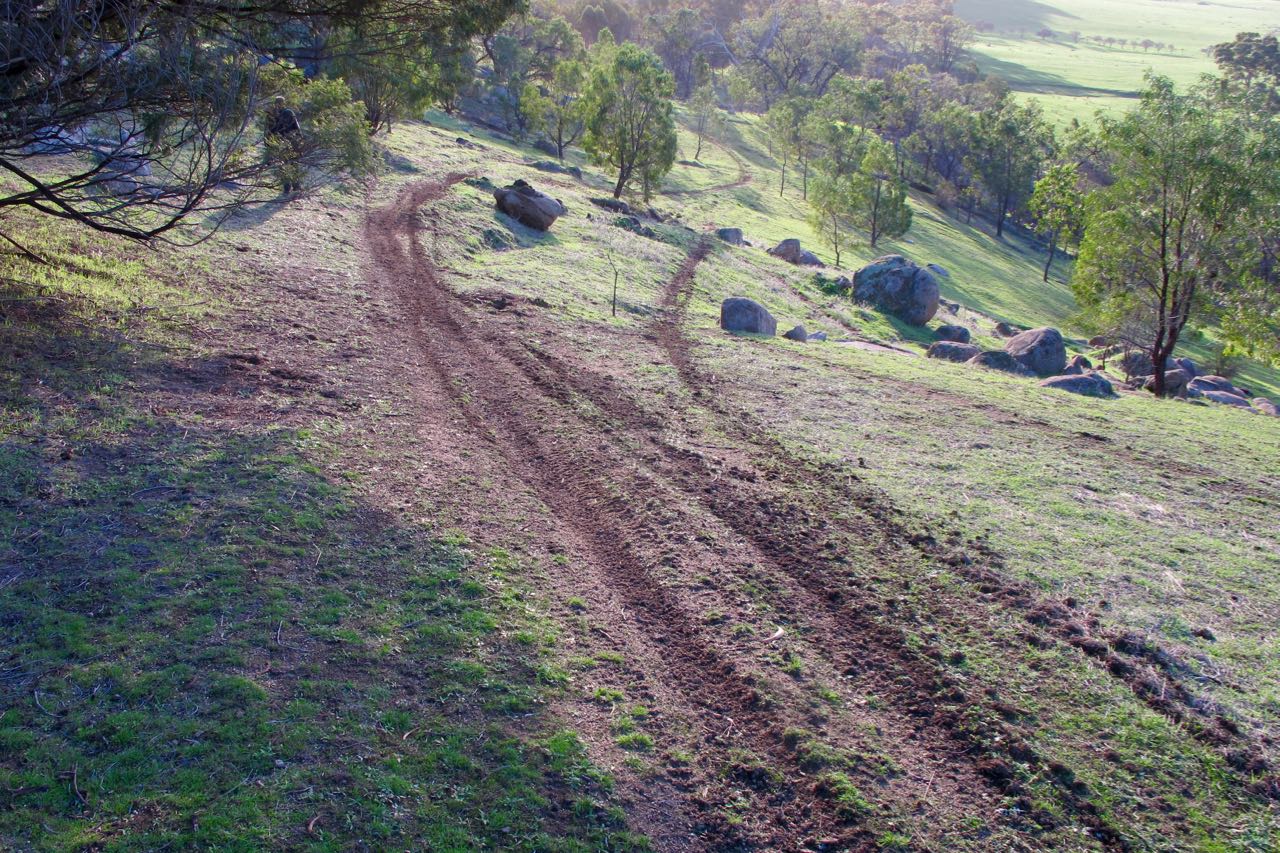




 Click on image for info/order page
Click on image for info/order page Click on image for info/order page
Click on image for info/order page Click on image for info/order page
Click on image for info/order page




















